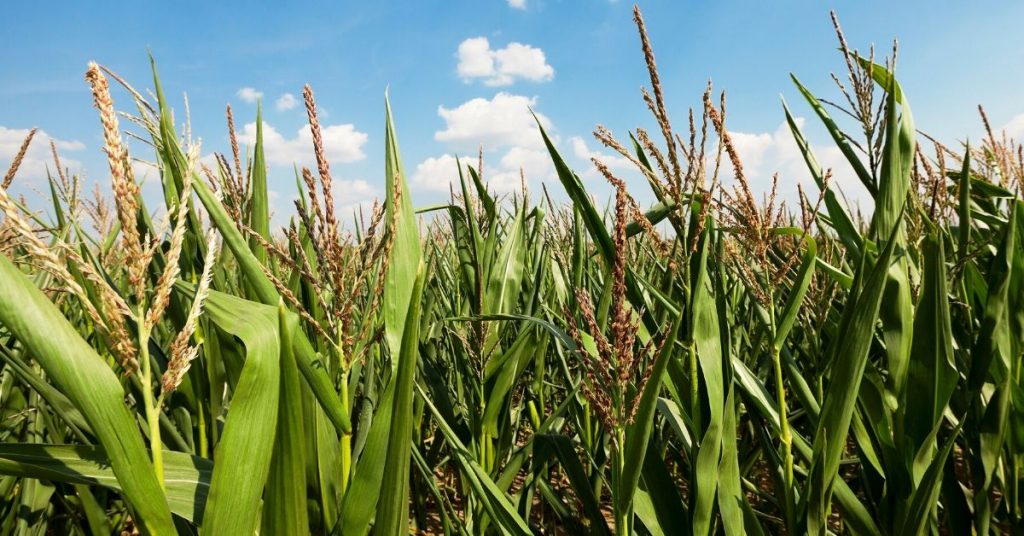Lot 125® provides the strength of organic humic acids and fulvic acids with robust soil and microbial communities. Constant attention to building organic soil microbial communities plays a major role in plant’s metabolic processes. The carbon base in Lot 125® is a major food source for soil microbes and enhances their proliferation. The organic substances in Lot 125® also have natural plant growth hormones which help the plant to grow and reduce environmental stress.
Lot 125® contains a high organic carbon base providing a major food source for soil microbes and enhances their proliferation. These organic substances also have natural plant growth hormones which help the plant to grow and reduce environmental stress. The organic carbon base of Lot 125® is made up of organic material, humic and fulvic acids, trace minerals, amino acids, microbial population and enzymes, providing the building blocks to essential plant health.
These building blocks combined with multiple microbial species and species diversity provide an environment around the plant roots, which is favorable for the good growth of beneficial microbes, will result in increased fertilizer efficiency and higher crop yields.


